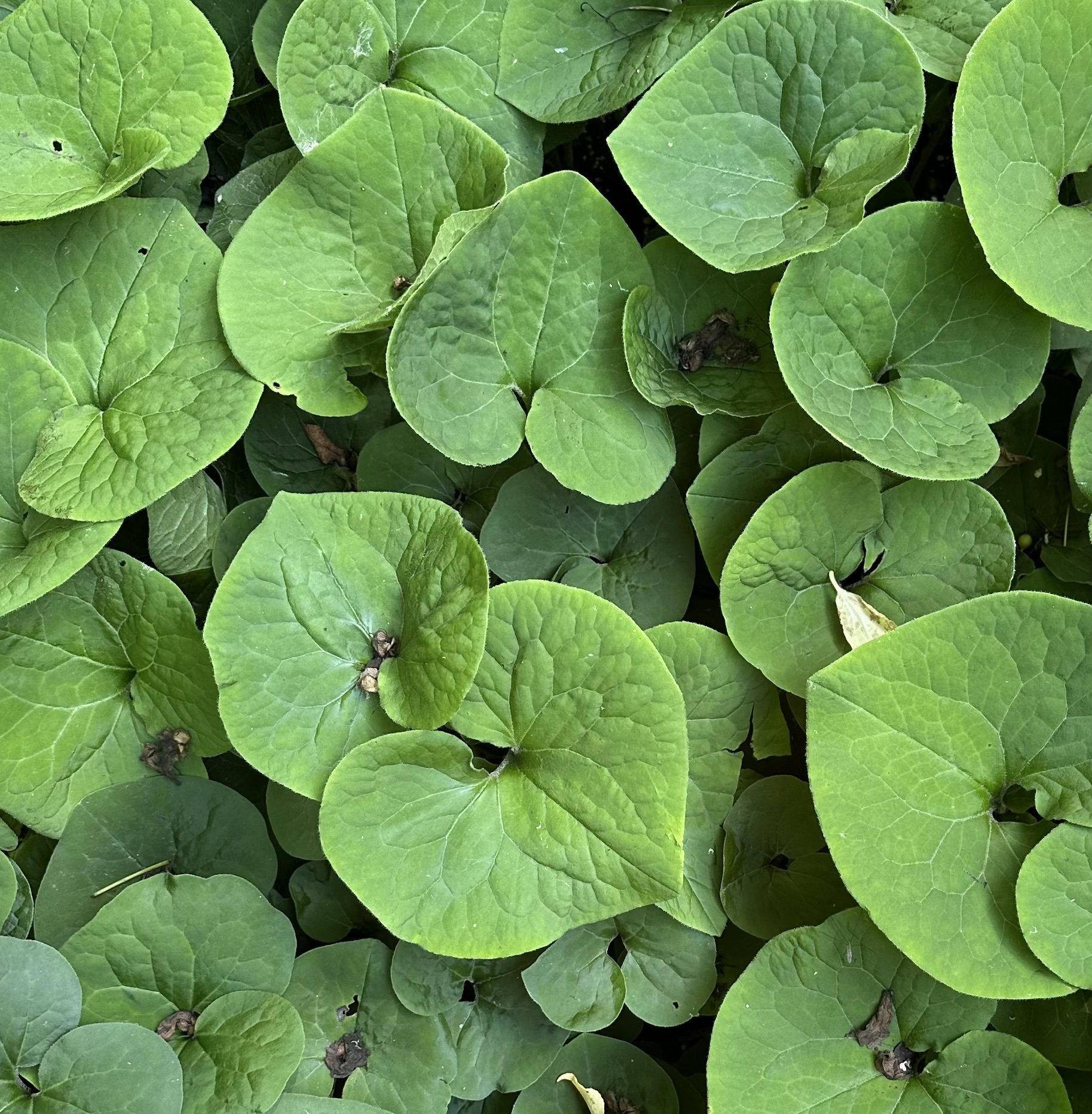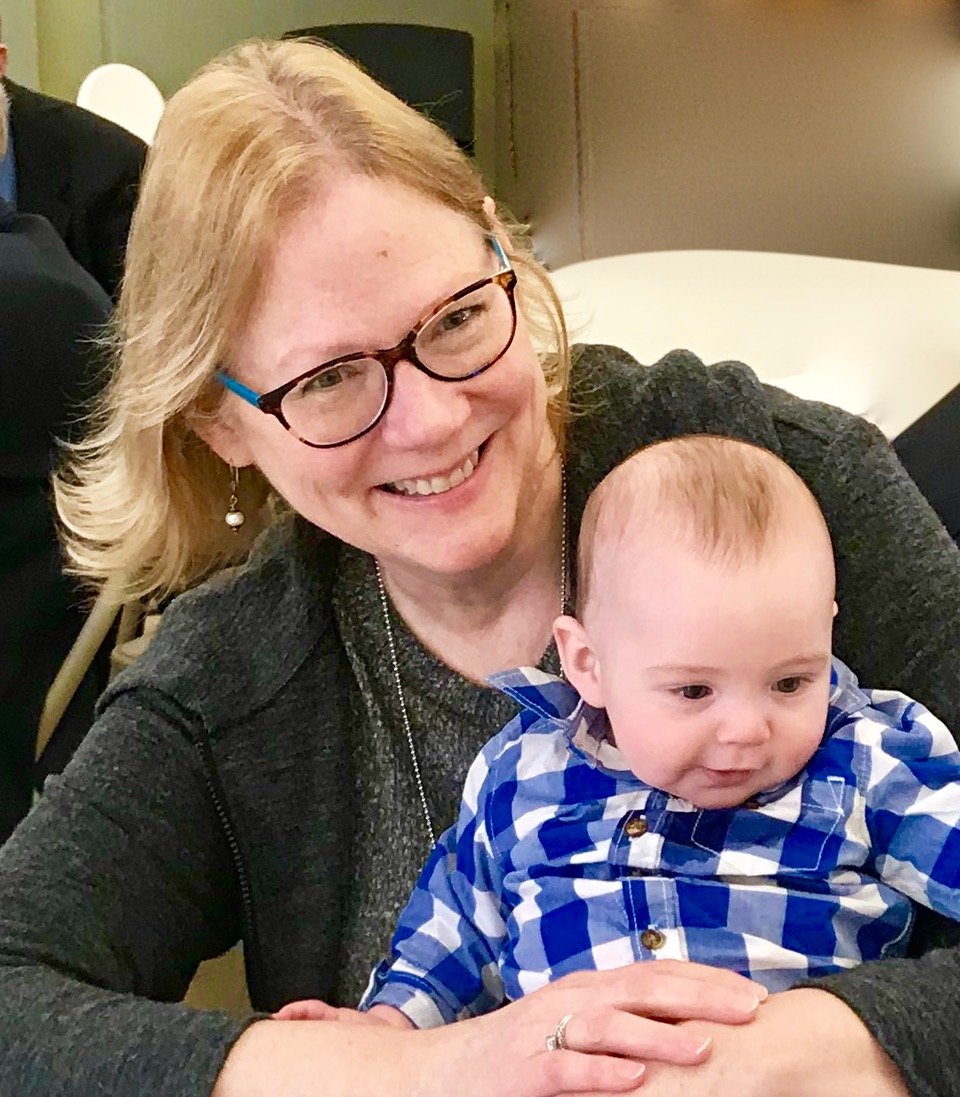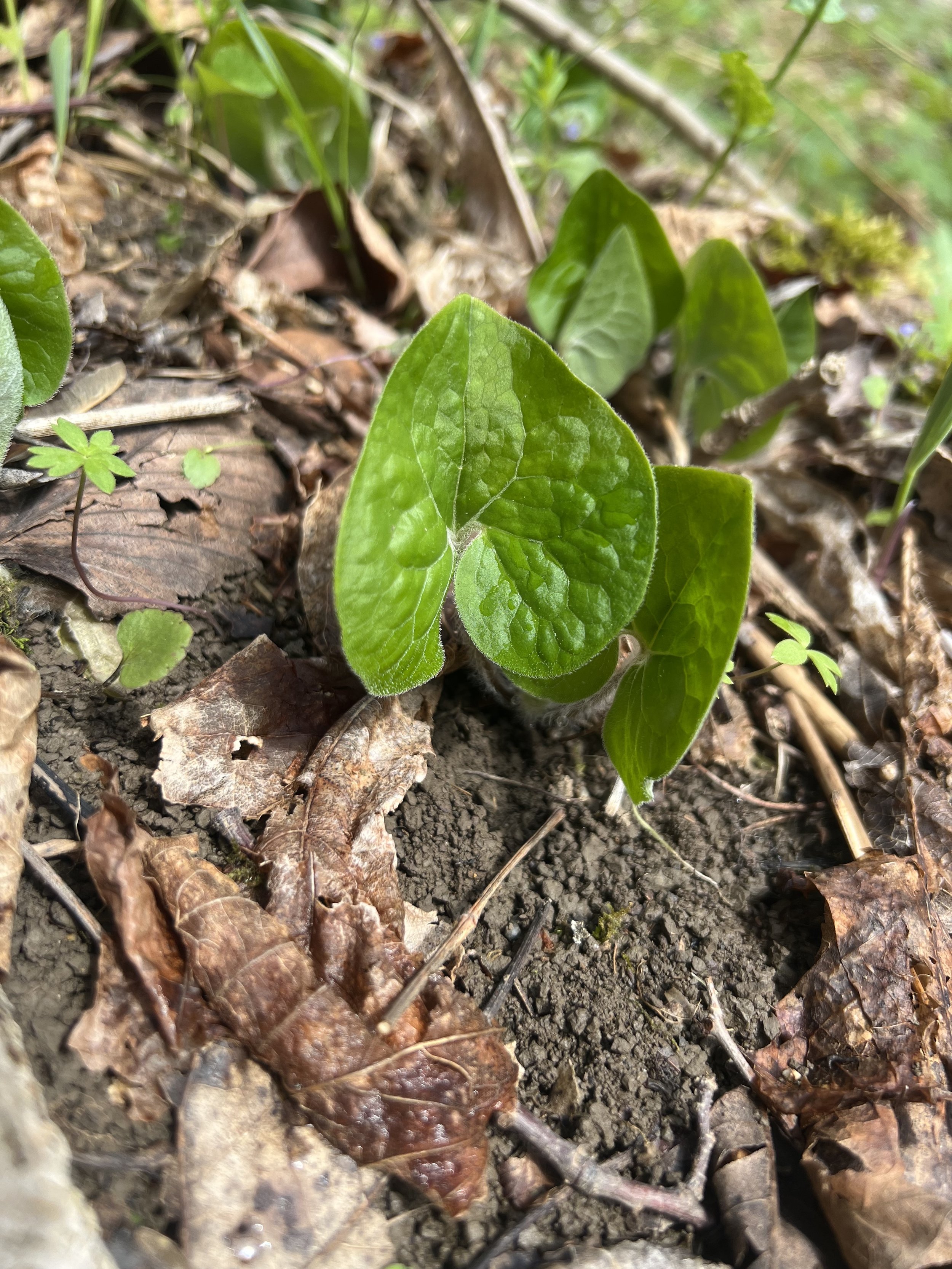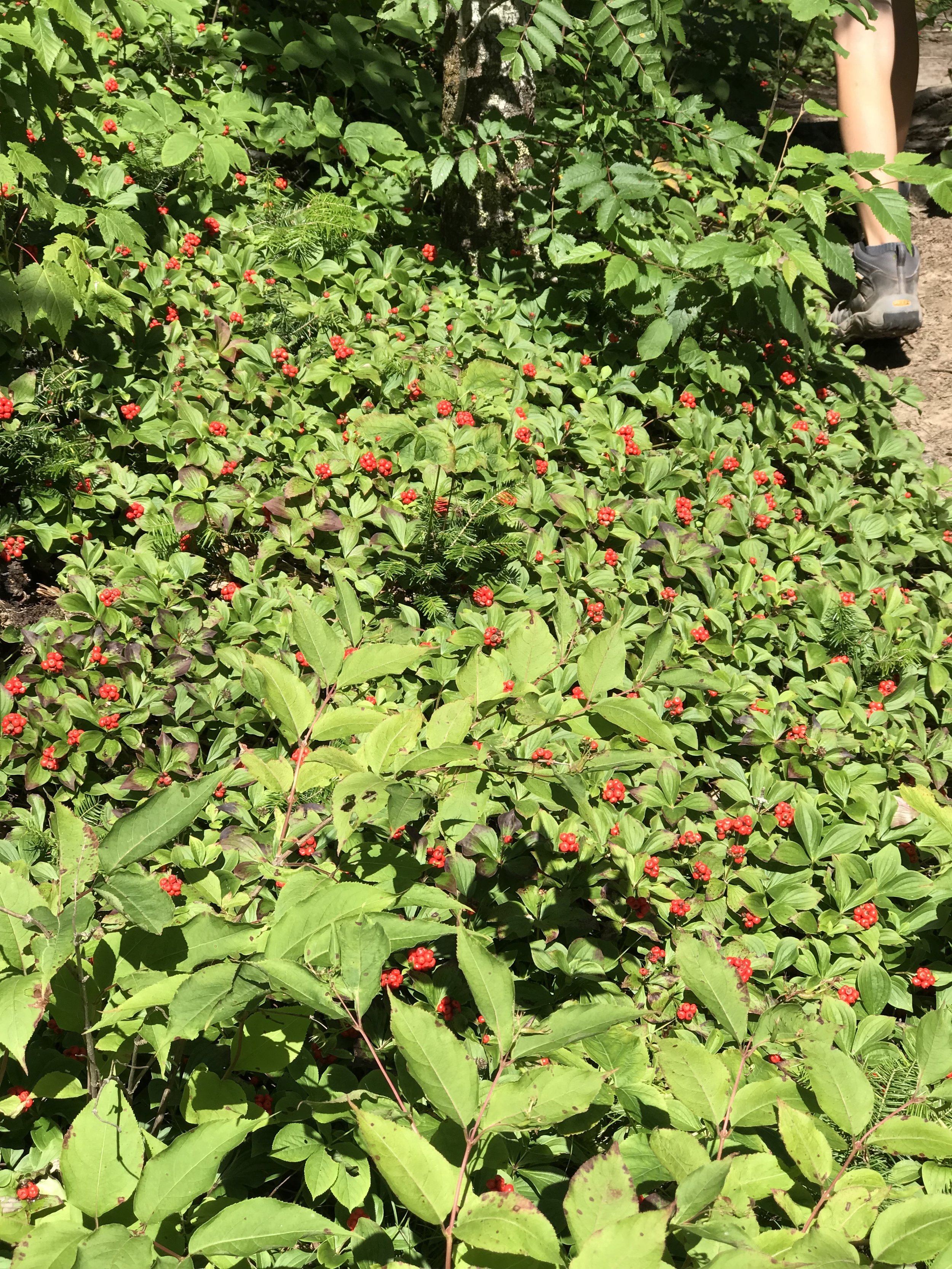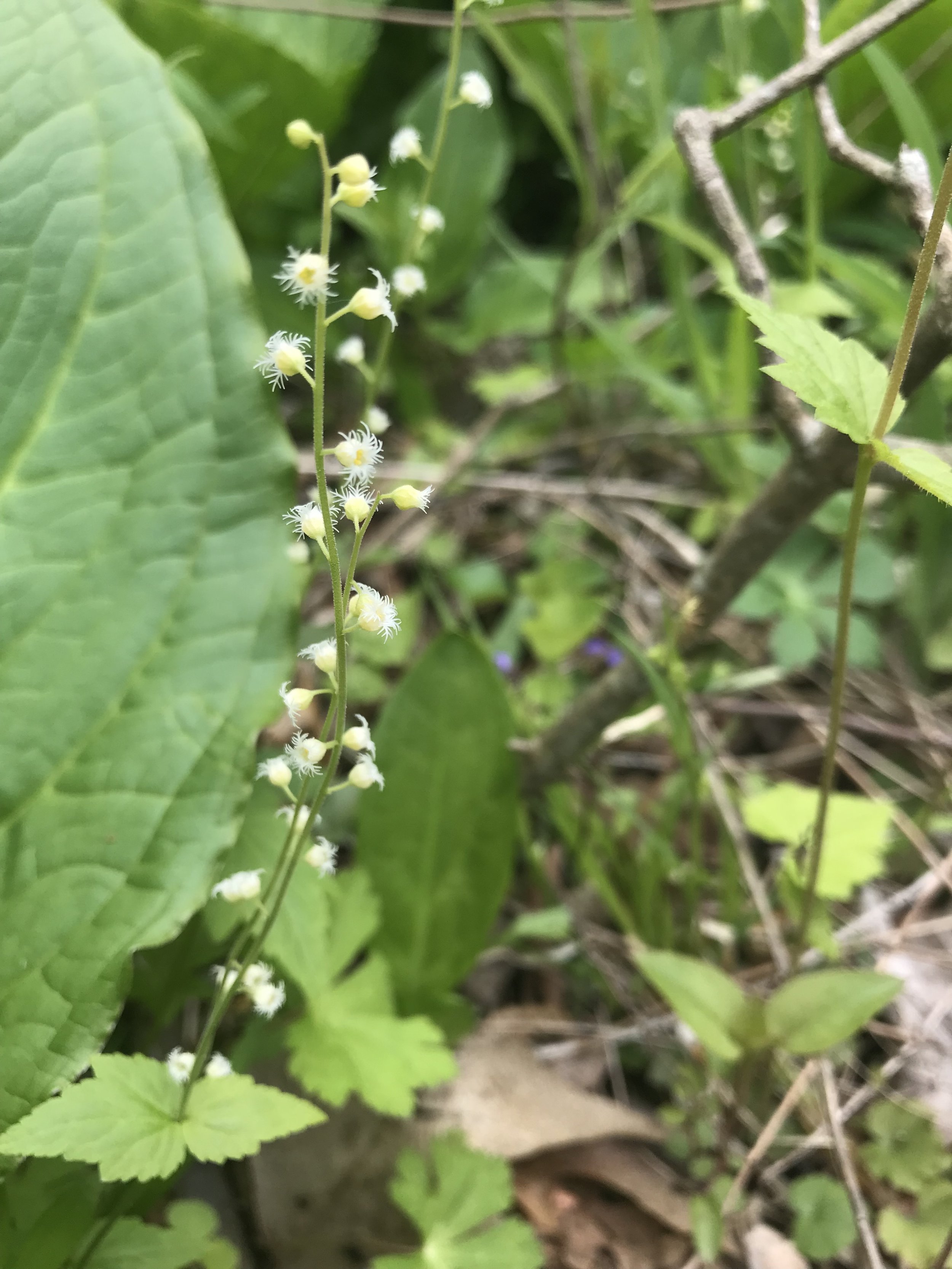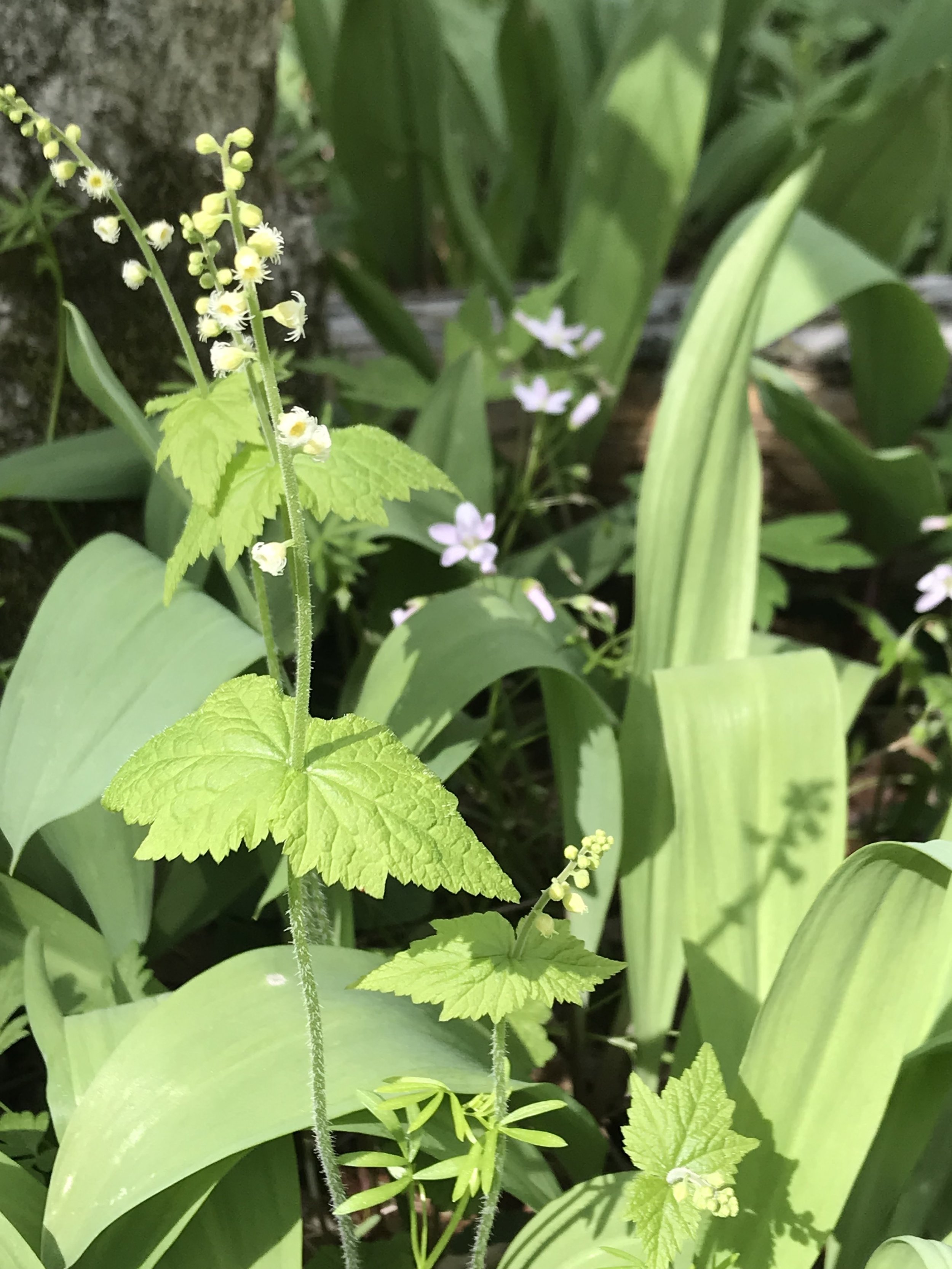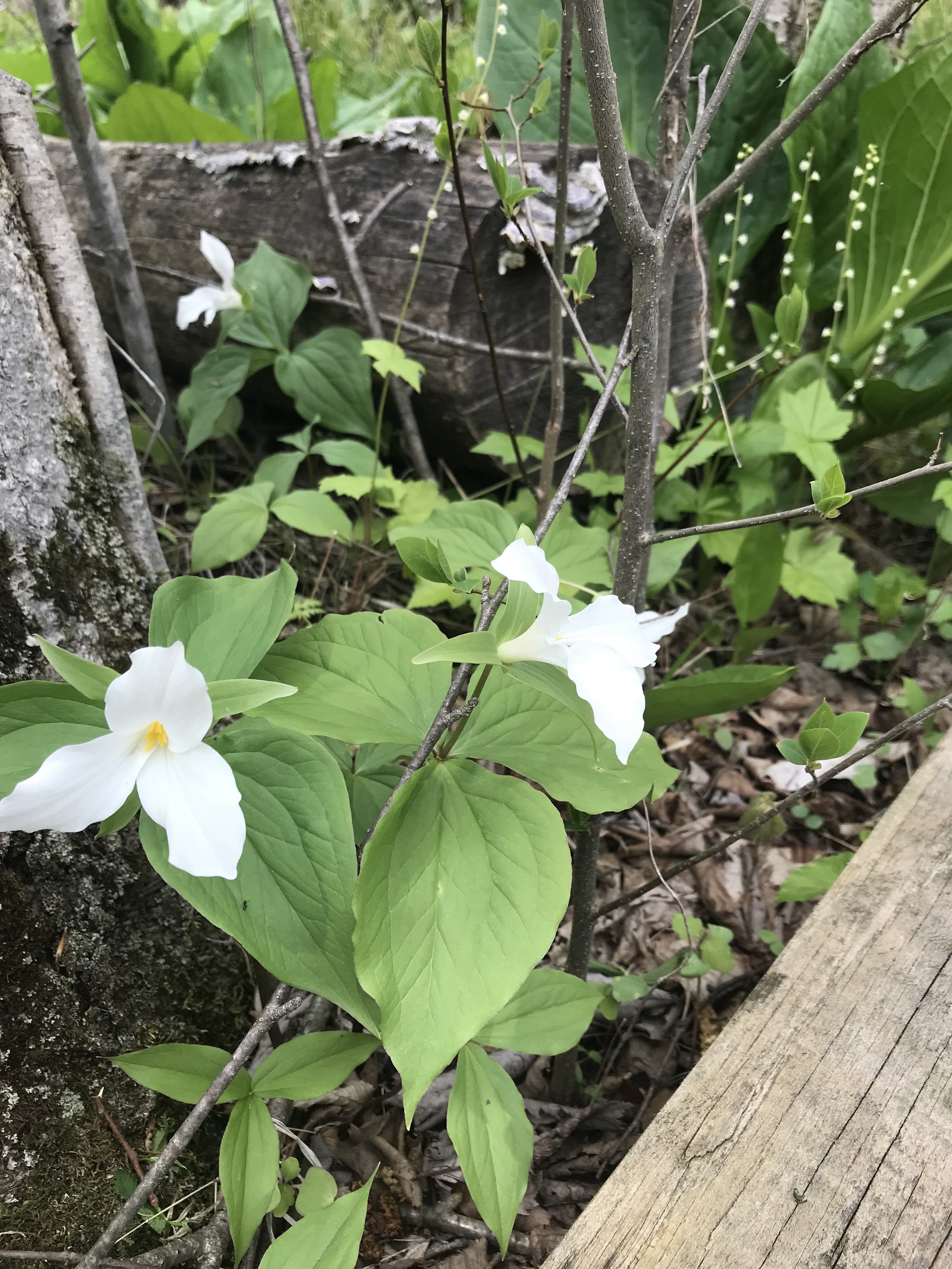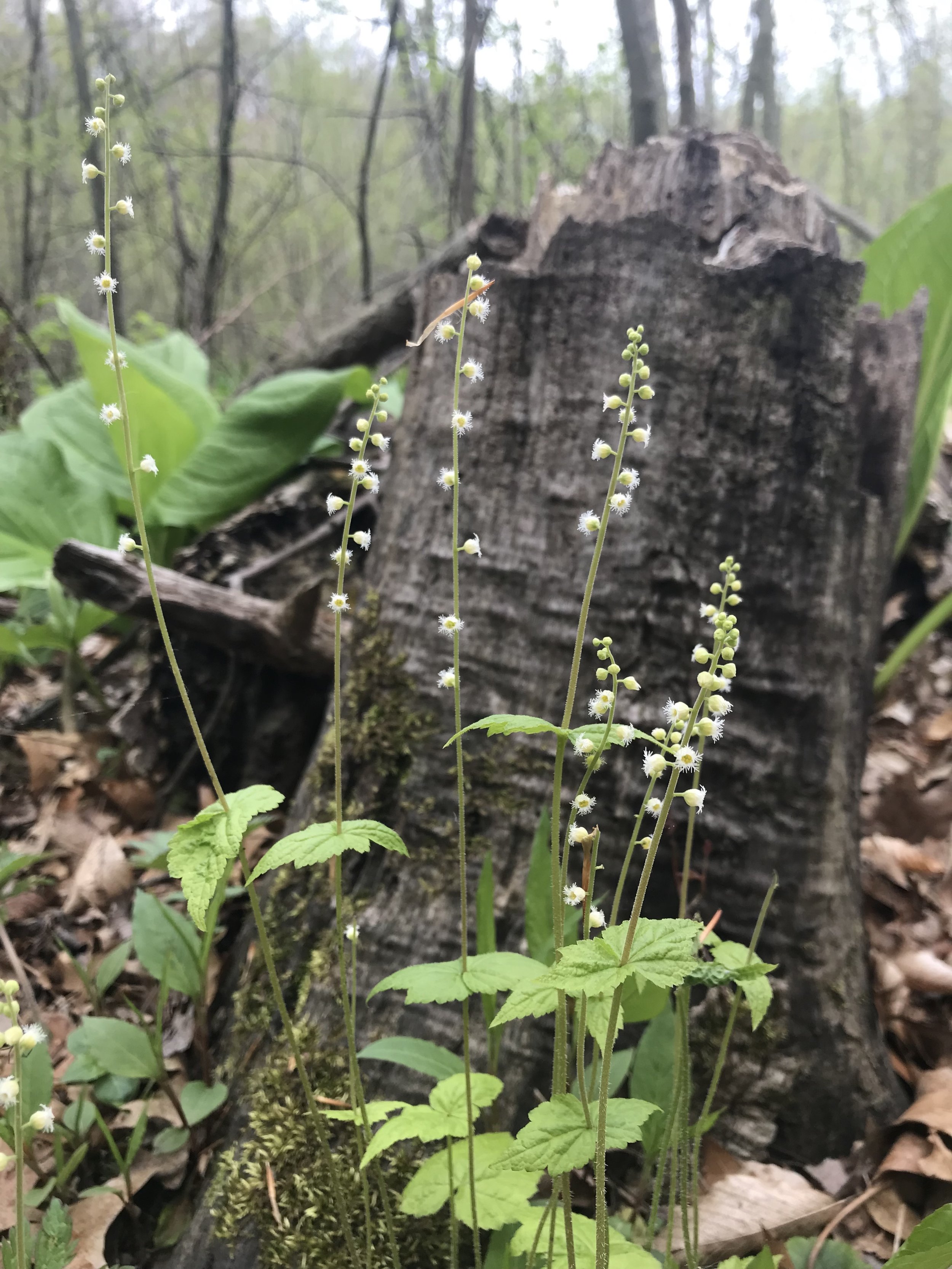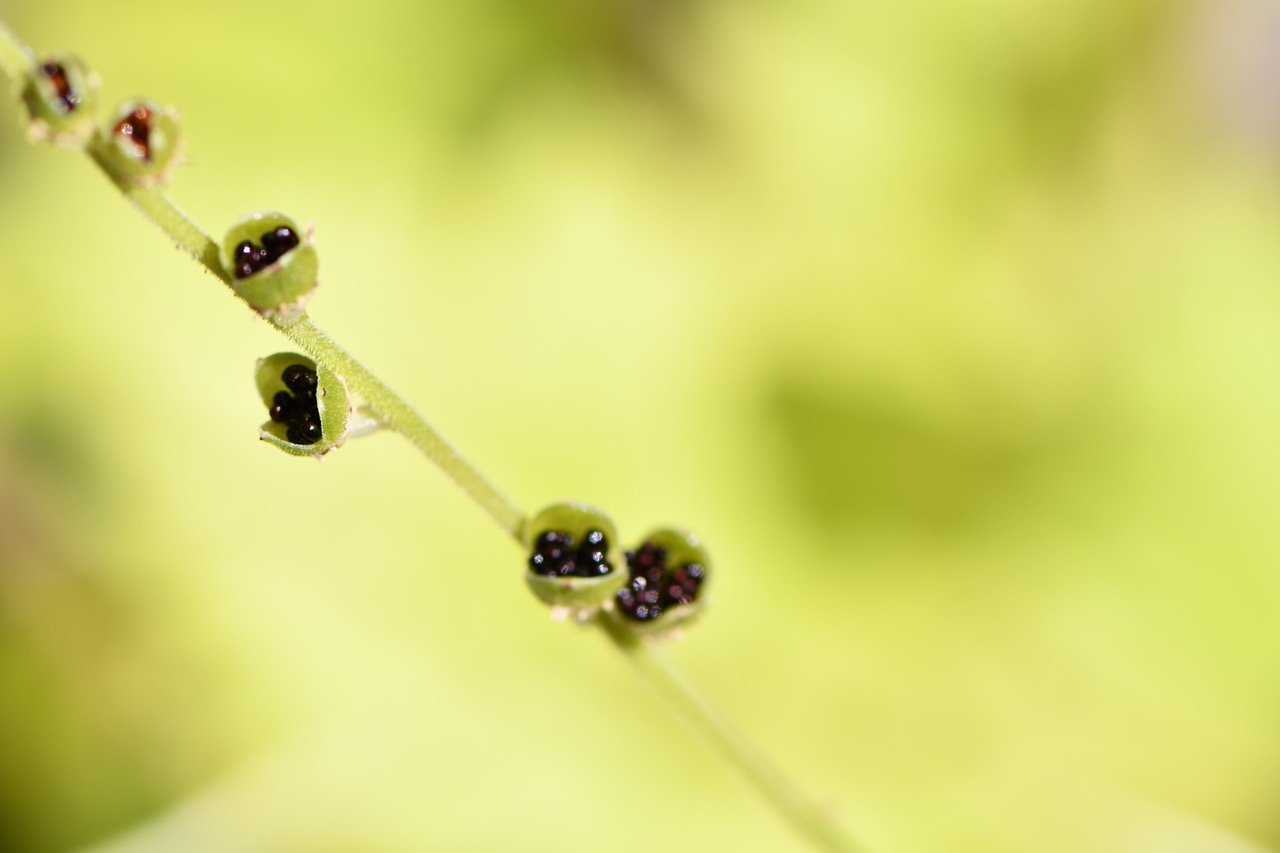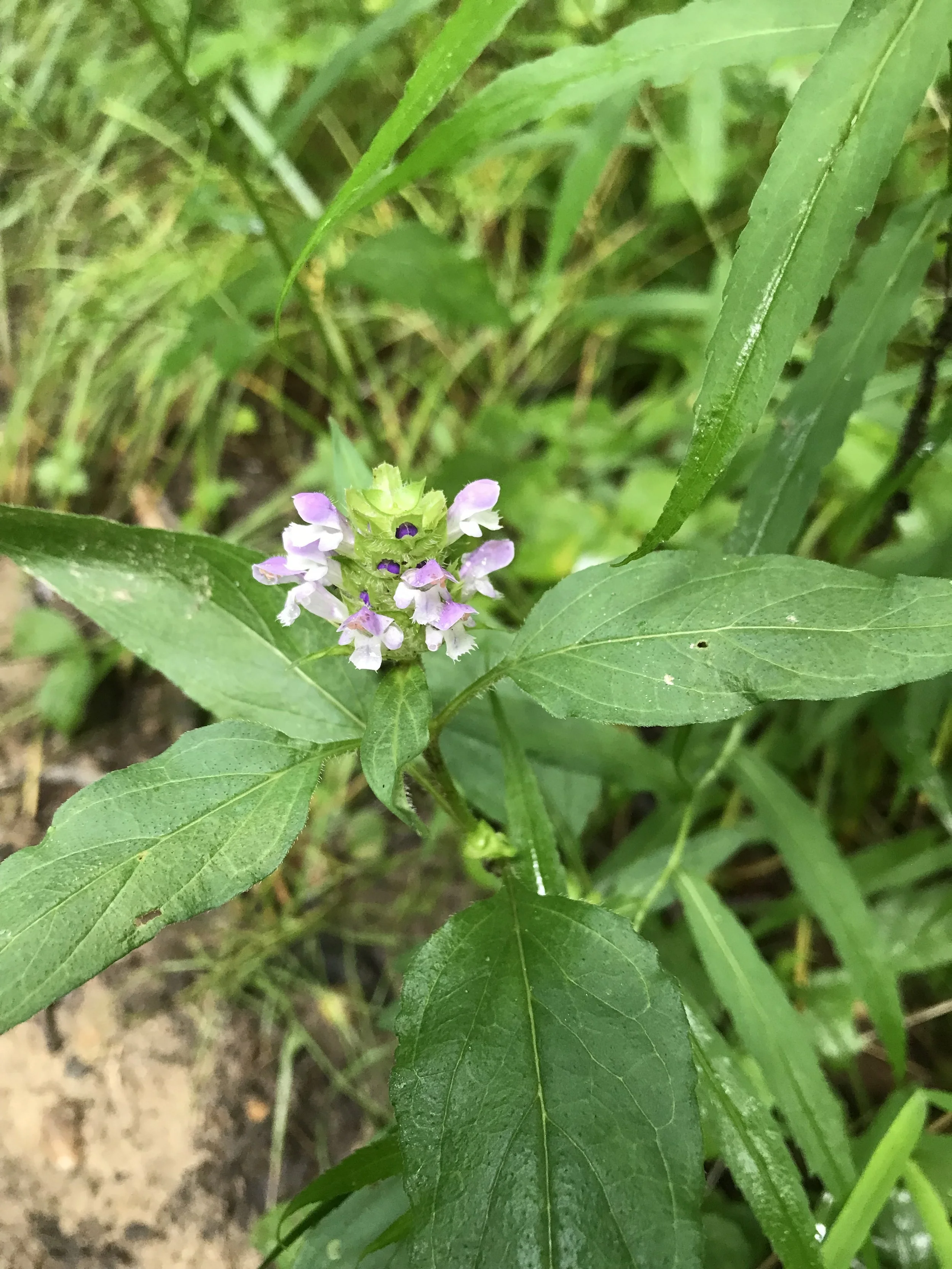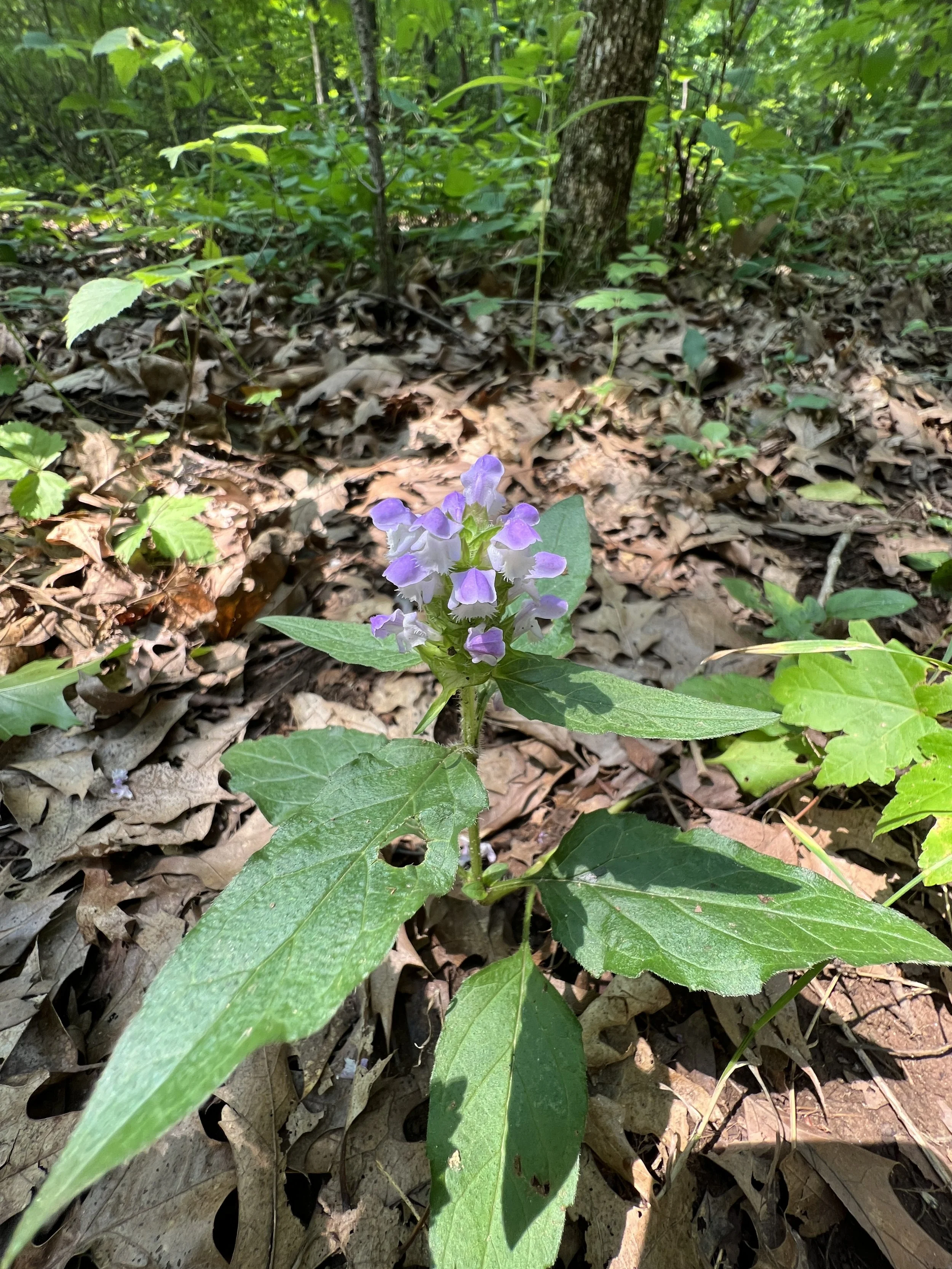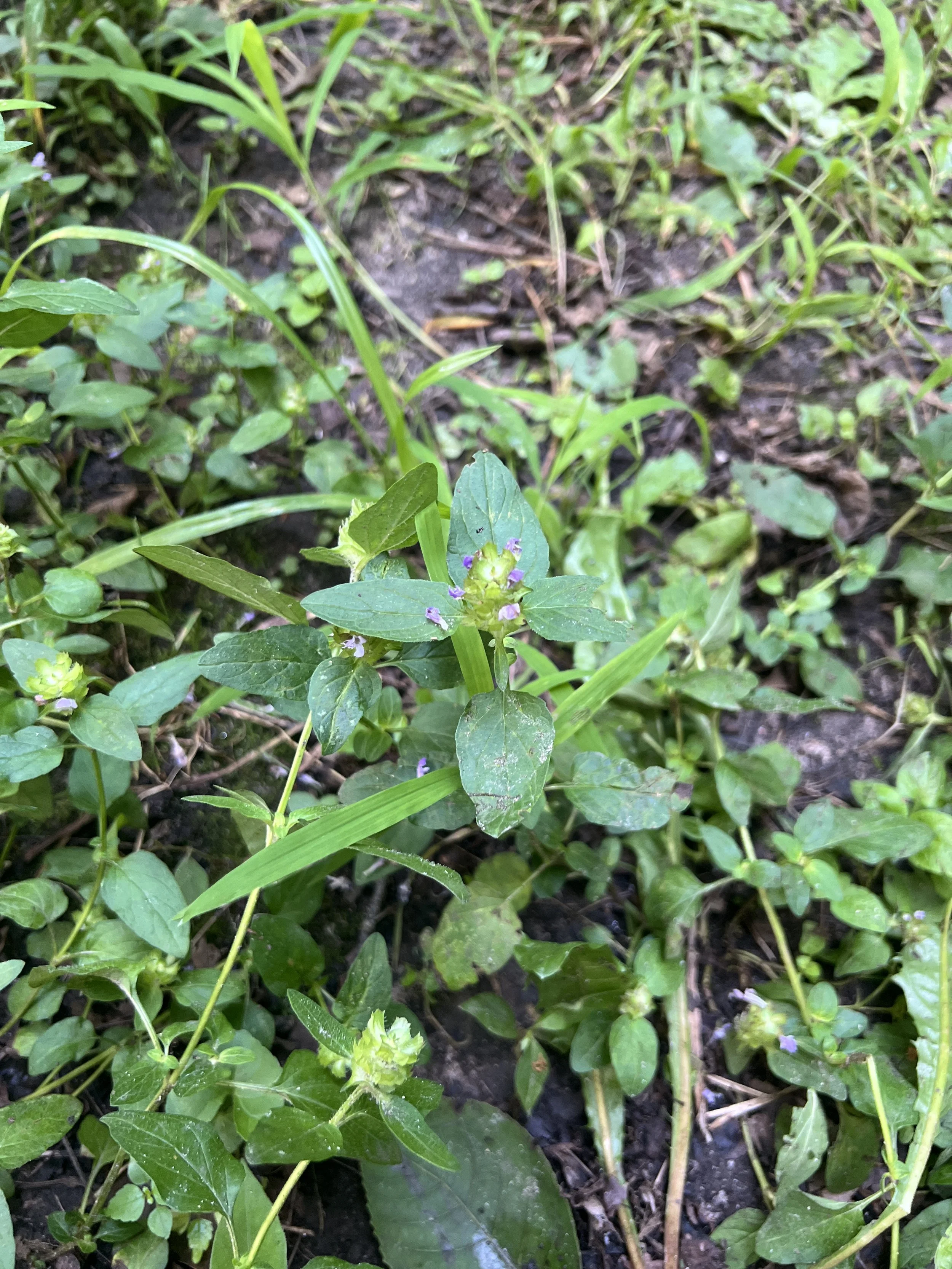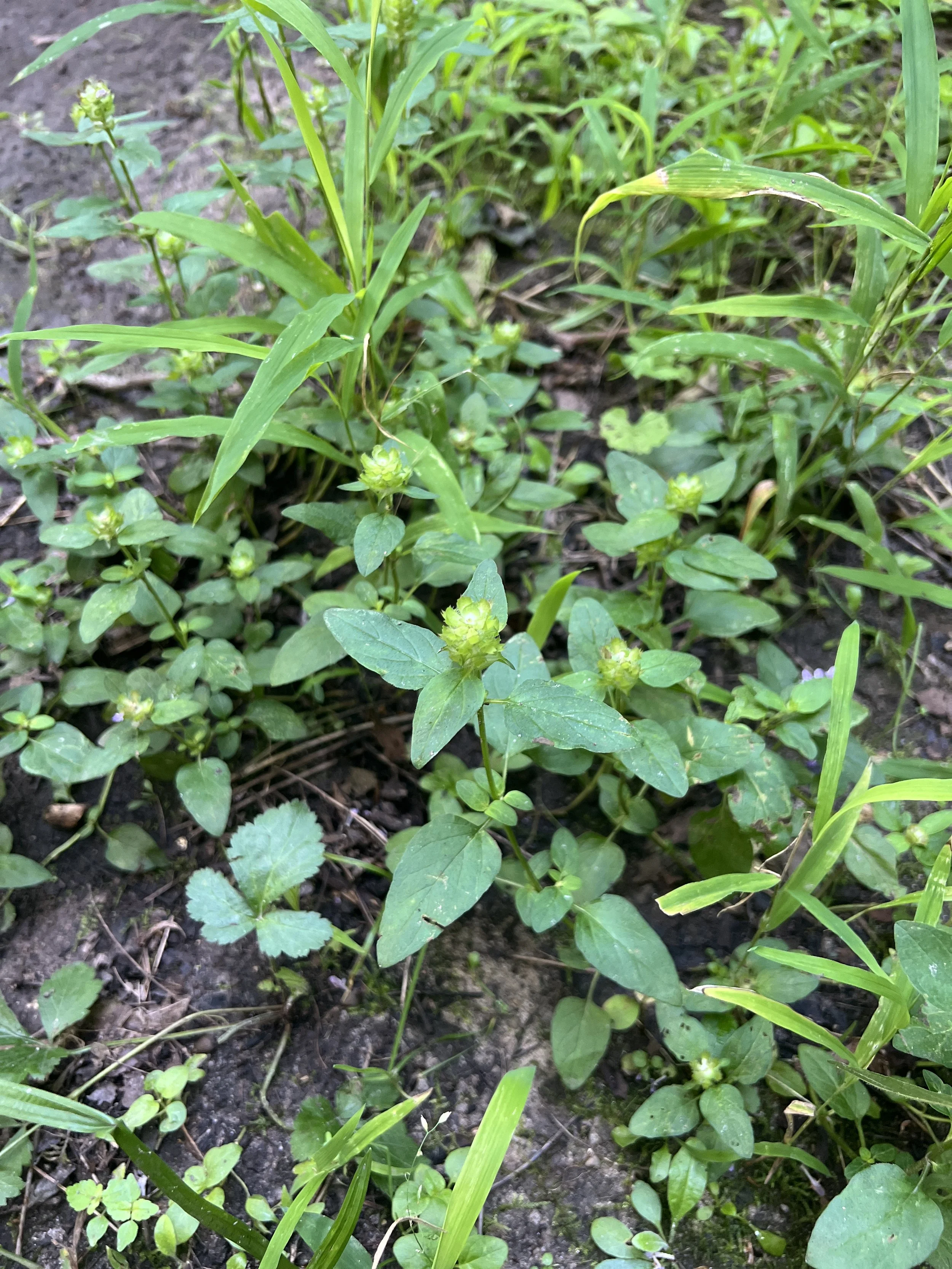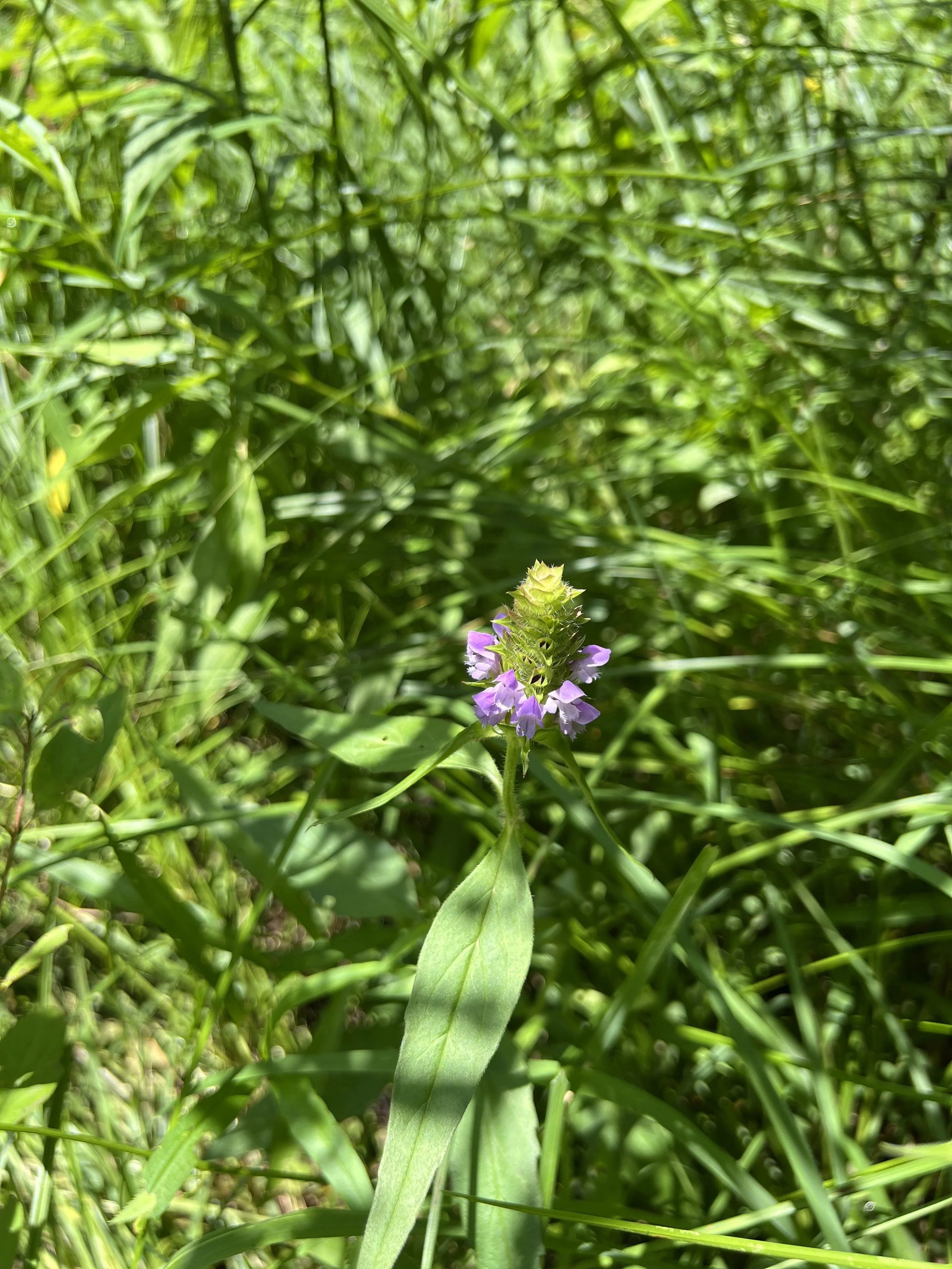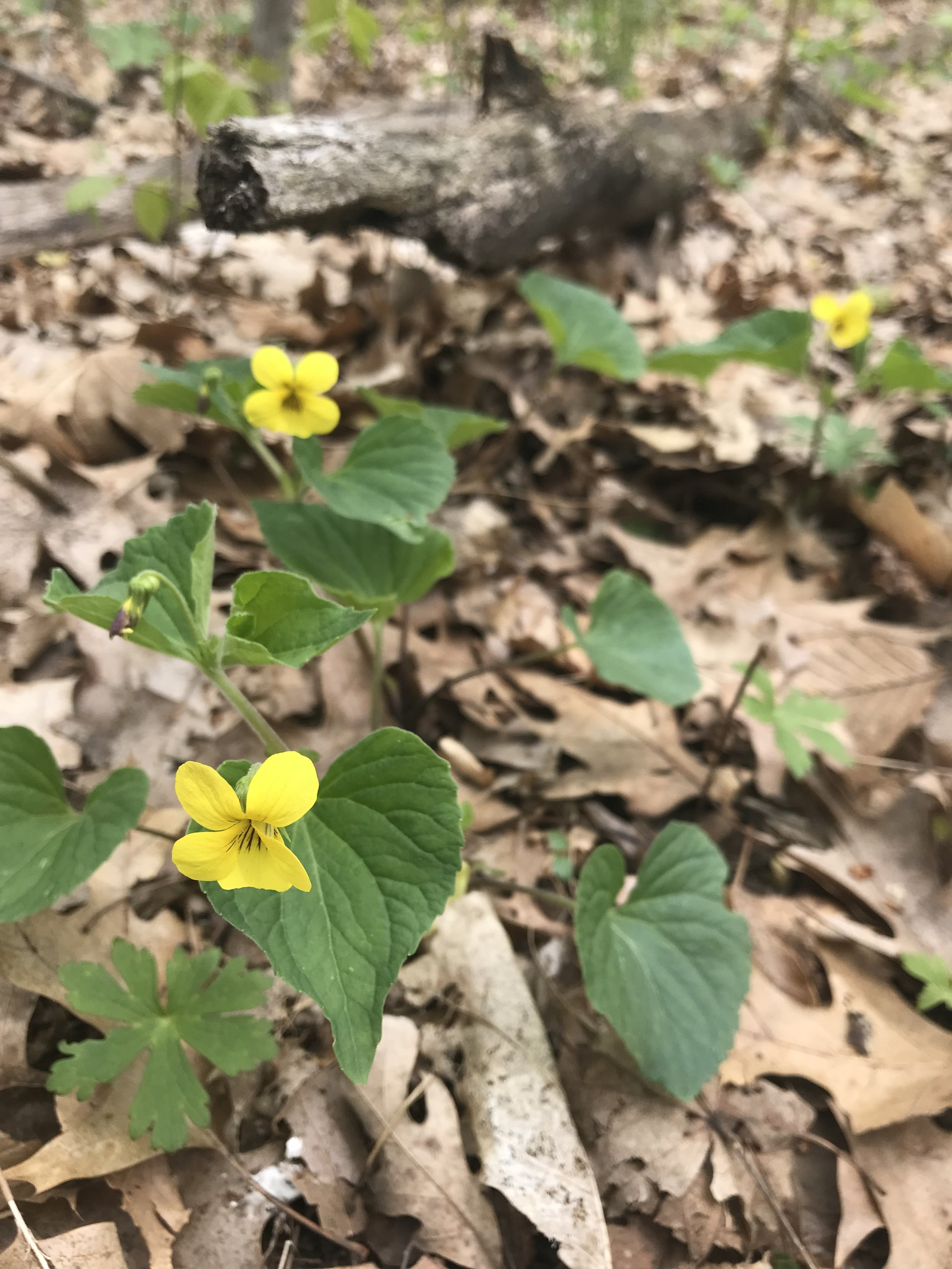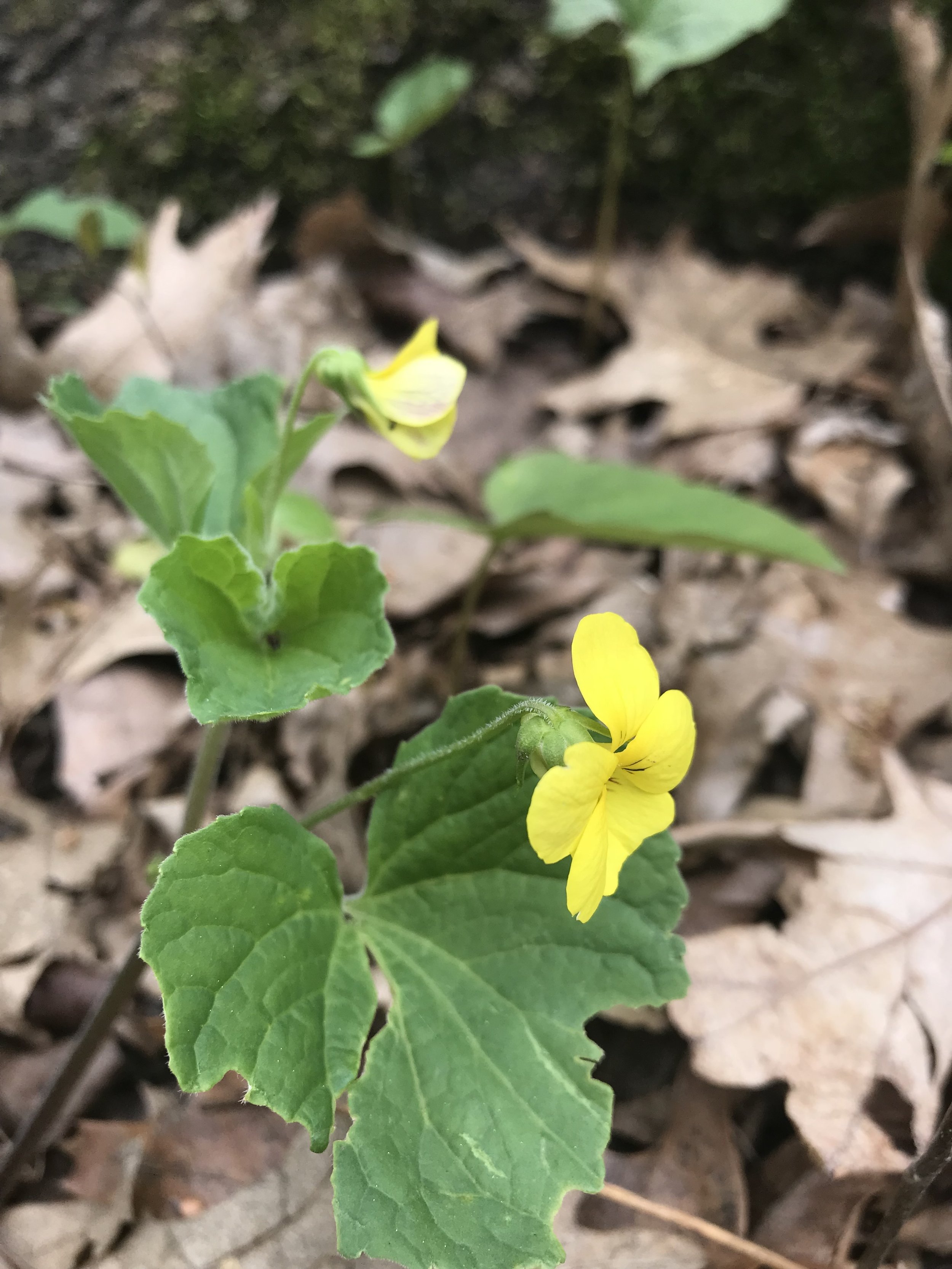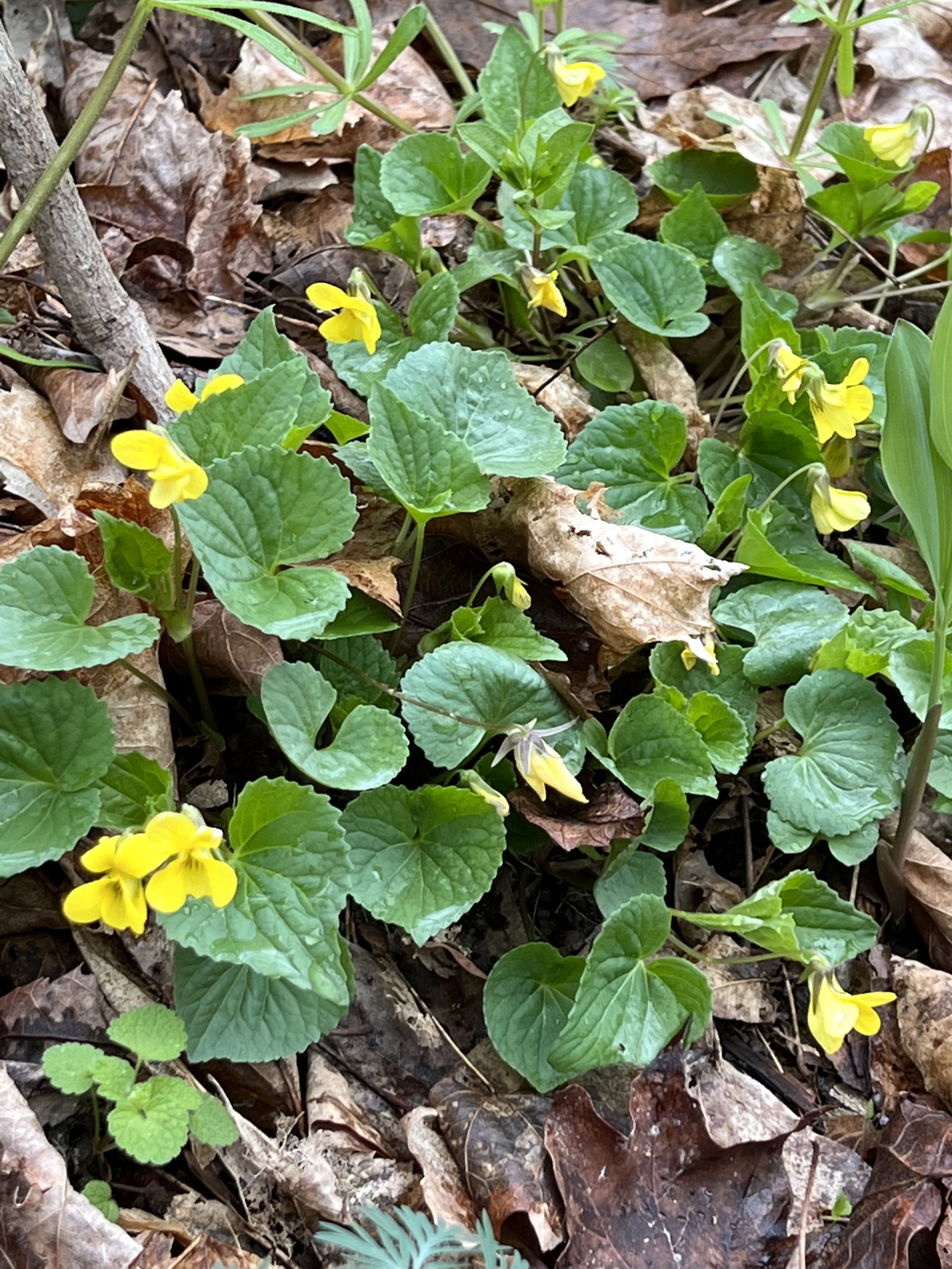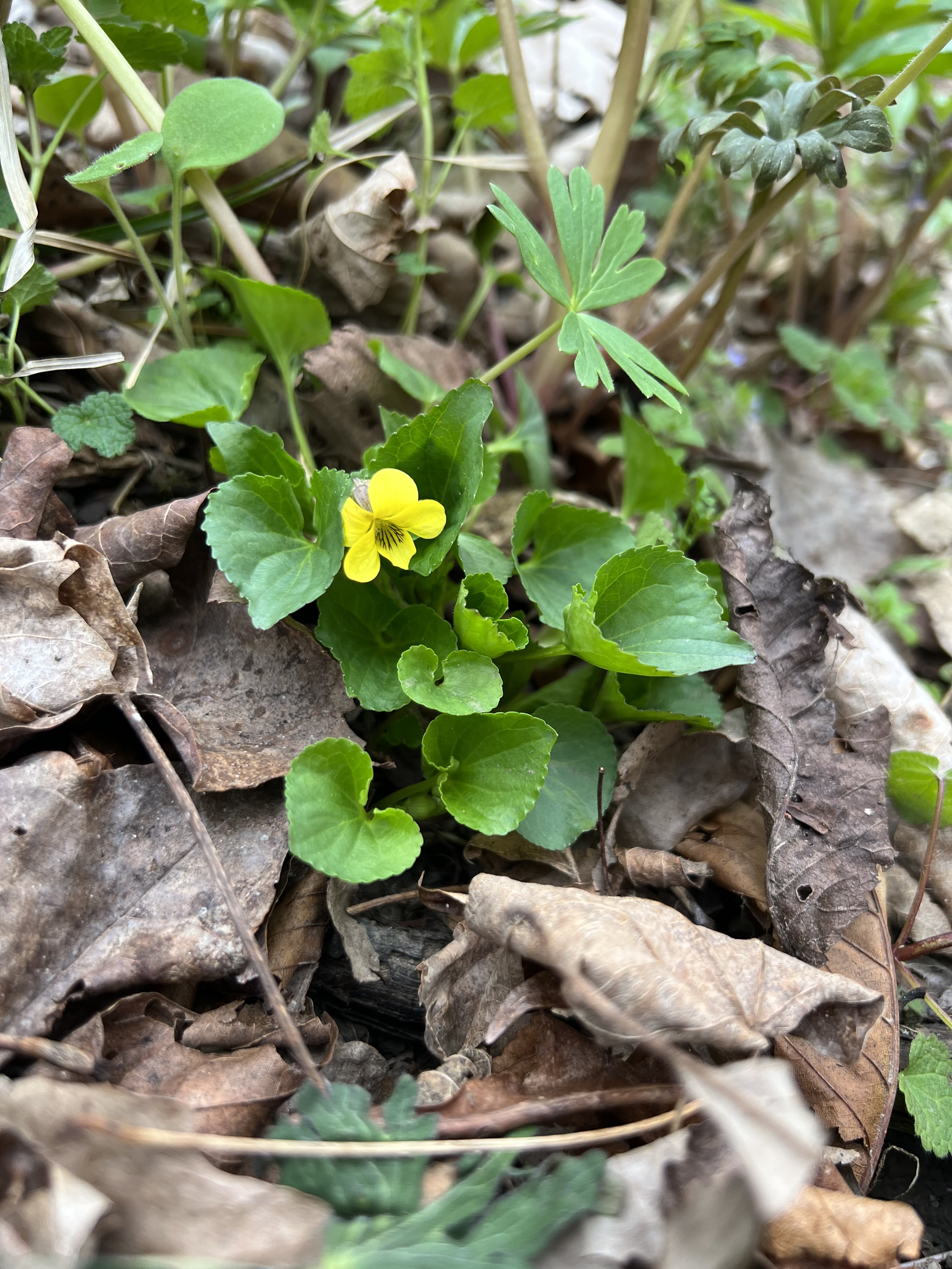 Image 1 of 7
Image 1 of 7

 Image 2 of 7
Image 2 of 7

 Image 3 of 7
Image 3 of 7

 Image 4 of 7
Image 4 of 7

 Image 5 of 7
Image 5 of 7

 Image 6 of 7
Image 6 of 7

 Image 7 of 7
Image 7 of 7








Zig Zag Goldenrod (Solidago flexicaulis)
from $3.50
Sold Out
Zig Zag Goldenrod leaves can be seen throughout the season with their highly serrated edges and round-oval shape. It isn’t until fall when the spike of buds form and then bloom. They are beautiful en masse with the golden blooms against the dark green leaves.
This plant gets its name from the slight zig-zagging of the flowering stem. There are few rays and few florets in the composite flower. Leaves are smooth on the upper surface and have some hairs on the lower surface. The leaves are quite round and narrow down to a winged petiole that connects to the main stem.
This plant is native throughout much of the lower peninsula and the western upper peninsula and is found in moist, rich forests. It does spread by rhizome.
We encourage adding at least one goldenrod species and at least one aster species into your woodland garden. This is to provide bees and other insects with the fall food they need to survive the winter.
Zig Zag Goldenrod (Solidago flexicaulis)
Michigan Flora reference page for state distribution: Zig-Zag Goldenrod
height: 12-24 inches
bloom time: Aug-Oct
soil: rich, moist
sun: partial, shade
plant spacing: 12”
flower: yellow
life cycle: perennial
family: Asteraceae
seed source: Michigan
Sizes:
Get notified by email when this product is in stock.
Zig Zag Goldenrod leaves can be seen throughout the season with their highly serrated edges and round-oval shape. It isn’t until fall when the spike of buds form and then bloom. They are beautiful en masse with the golden blooms against the dark green leaves.
This plant gets its name from the slight zig-zagging of the flowering stem. There are few rays and few florets in the composite flower. Leaves are smooth on the upper surface and have some hairs on the lower surface. The leaves are quite round and narrow down to a winged petiole that connects to the main stem.
This plant is native throughout much of the lower peninsula and the western upper peninsula and is found in moist, rich forests. It does spread by rhizome.
We encourage adding at least one goldenrod species and at least one aster species into your woodland garden. This is to provide bees and other insects with the fall food they need to survive the winter.
Zig Zag Goldenrod (Solidago flexicaulis)
Michigan Flora reference page for state distribution: Zig-Zag Goldenrod
height: 12-24 inches
bloom time: Aug-Oct
soil: rich, moist
sun: partial, shade
plant spacing: 12”
flower: yellow
life cycle: perennial
family: Asteraceae
seed source: Michigan
Another woodland goldenrod to consider is Blue-stemmed Goldenrod, or Elm-leaved Goldenrod.
